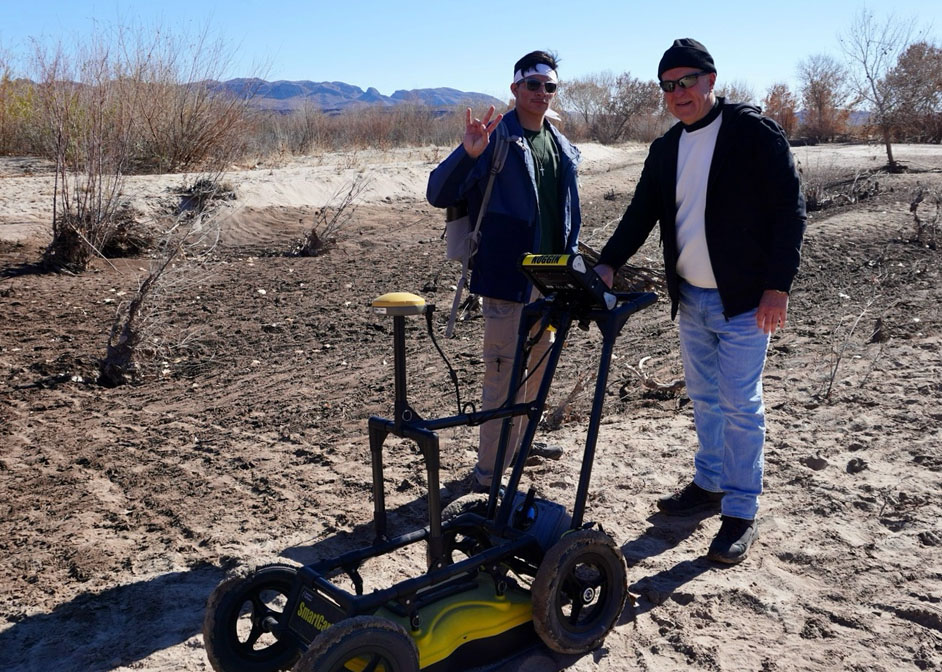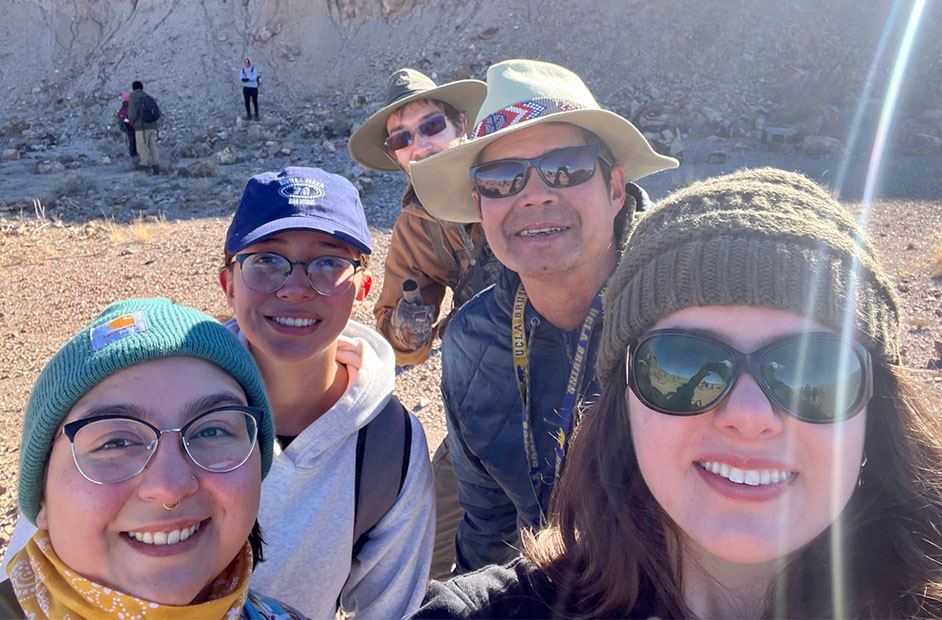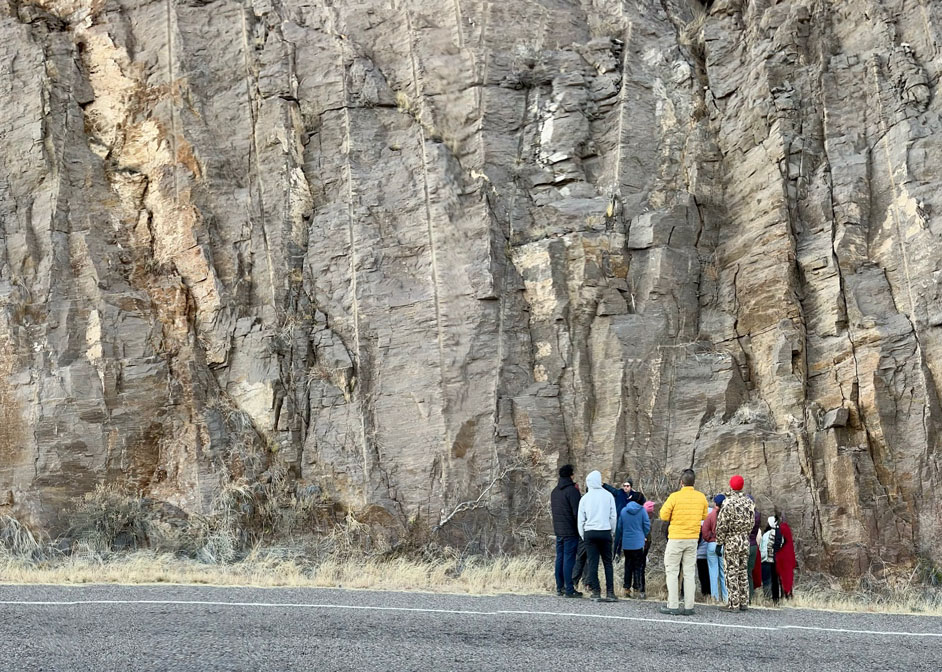Houston Students Embrace the Chill: A Winter Field Trip to New Mexico
Trip Focused on Structural Features, Petrography, and Stratigraphy
Stepping out of my tent, I’m greeted by the crunch of my boots on fresh snow. The view before me is breathtaking – the Dragon’s Ridge, bathed in morning light, appears white and almost scaled.

It is not often the world lines up so perfectly; it’s a reward for braving the chilly night on many native Houstonians’ first-time winter camping trip. New Mexico, The Land of Enchantment, offers this spectacular view, and it’s where students from the University of Houston spent one week.
The Winter Field Trip, an annual event hosted by UH EAS during the winter break, has taken us to Cookes Range for the past few years. Our previous visits involved scouting and learning about the area’s geologic history and formations.
This year, we arrived with a clear plan, dividing into teams focusing on structural features, petrography, and stratigraphy. Ultimately, all field trip participants, including students and visiting faculty, helped with active research at UH. The visiting professors were professional guest stars who helped students learn and demonstrated the collaborative nature of geology.

Data collection was facilitated by Strabospot2, an accessible geology multi-tool app developed by Dan Mongovin at the University of Kansas. Having the developer onsite to guide the students in using his app provided an invaluable learning experience. The feedback helped refine the app for user-friendliness, and the collected data supports undergraduate research projects at UH.
Collecting data required students to venture off-trail into areas usually reserved for researchers and wildlife, where field trip participants observed world-class sedimentary and structural geology. Dividing into groups, students and faculty tackled the landscape.
The Cookes range is affected by a large syncline and several faults. The fold was identified using the stratigraphic layers and ripple marks. The groups collaborated to find a previously unmapped fault, an exciting find.

The trip also featured recreational excursions. In the afternoons, students hiked around Rock Hound State Park and visited a local rock shop. A private tour of Elephant Butte Dam inspired many students toward water or environmental careers.
On our final day, we piled into the vans to look at more “recent” history. The people who lived in the area thousands of years ago carved petroglyphs into the rocks. Students made up stories about the images from tales about a baby’s first steps, fishermen’s tales, ghost stories, warnings, to maybe just being bored. The trip concluded with a star party at McDonald Observatory, where wrapped in blankets, we marveled at the stars and constellations. By the end of the trip, our heads were filled with knowledge and our backpacks were full of rocks.
Morgann Farley, Undergraduate Geology Major
